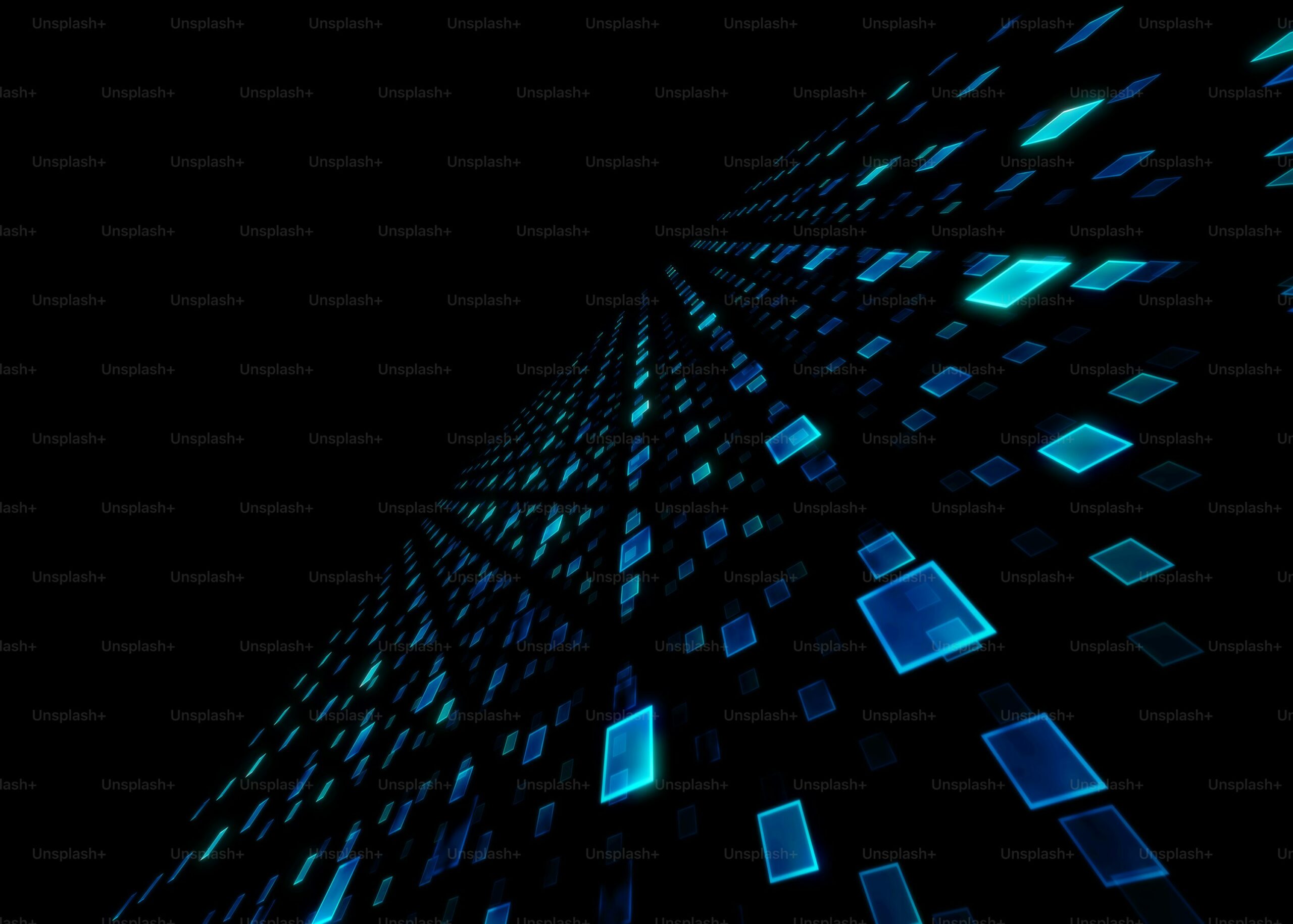In the ever-changing digital landscape, codes, acronyms, and mysterious strings often emerge as symbols of innovation, security, or disruption. Among these unusual formations stands qkfzzu1lbnvinhp4dlhz, a sequence that appears at first glance to be random, but within its arrangement lies an invitation to think beyond conventional understanding of technology, data, and connectivity. Unlike recognizable keywords or technical terminologies that are easy to classify, qkfzzu1lbnvinhp4dlhz resists categorization, urging curious minds to question its origins, purpose, and implications. This is not merely about deciphering a string of characters but about exploring the significance of seemingly unstructured data in the age of digital transformation.
The Nature of Digital Randomness
When encountering a code like qkfzzu1lbnvinhp4dlhz, the instinctive reaction is to associate it with cryptography, machine-generated passwords, or algorithmic sequences. Randomness in the digital world is rarely meaningless. Behind the surface of such alphanumeric combinations lies a deeper design that could represent encryption keys, blockchain identifiers, or even hidden datasets within artificial intelligence systems. In this way, qkfzzu1lbnvinhp4dlhz becomes more than an arbitrary sequence; it reflects the expanding need for complexity and uniqueness in a world threatened by cyber vulnerabilities.
Symbolism in Codes
Throughout history, codes have carried meanings far beyond their literal interpretation. From military ciphers to encrypted digital wallets, the value of a code is not in its face value but in the context in which it exists. The rise of blockchain, cryptocurrency, and distributed networks has made society more familiar with strings like qkfzzu1lbnvinhp4dlhz. Each string acts as a digital fingerprint, representing ownership, identity, or access. The existence of qkfzzu1lbnvinhp4dlhz, therefore, can be seen as symbolic of the transition to a society where identity is protected by complex digital shields rather than physical documents.
qkfzzu1lbnvinhp4dlhz as a Metaphor for Digital Identity
In a world dominated by algorithms, where personal data is constantly processed, stored, and transferred, digital identity has become fragile. Sequences like qkfzzu1lbnvinhp4dlhz embody the resilience of digital security mechanisms. Just as every person is unique, so too is every code generated in the background of cyberspace. Each variation reflects an attempt to guard against unauthorized access, hacking attempts, or identity theft. By viewing qkfzzu1lbnvinhp4dlhz as a metaphor for digital individuality, one begins to see how deeply connected human existence is with abstract computational forms.
Hidden Order in Apparent Chaos
The randomness of qkfzzu1lbnvinhp4dlhz reflects the paradox of digital systems: what appears chaotic often hides a structured order. Algorithms that generate such sequences are not arbitrary but designed to follow precise mathematical rules. In fact, randomness itself in computational science is often pseudo-random, shaped by algorithms designed to simulate unpredictability. Thus, qkfzzu1lbnvinhp4dlhz demonstrates how the human eye may perceive chaos, while beneath the surface lies a perfectly structured process intended for security and functionality.
The Psychological Impact of Unreadable Codes
Humans naturally seek patterns and meaning. Encountering a sequence like qkfzzu1lbnvinhp4dlhz disrupts this instinct, leaving one in a state of curiosity or even discomfort. This psychological reaction highlights the human need for familiarity and control in the digital space. The more technology evolves, the more individuals must adapt to coexisting with incomprehensible codes that represent control mechanisms within machines. Accepting qkfzzu1lbnvinhp4dlhz without demanding immediate comprehension teaches a form of digital humility—an acknowledgment that not all systems are designed for human readability.
Applications in Cybersecurity and Beyond
One practical perspective on qkfzzu1lbnvinhp4dlhz is its potential as a security identifier. Randomized strings are the backbone of two-factor authentication, data encryption, and blockchain verification. Each complex sequence creates a barrier between personal data and potential cyber threats. Beyond security, such codes could represent nodes in distributed computing systems, unique identifiers in large-scale databases, or even reference markers within artificial intelligence models. The adaptability of sequences like qkfzzu1lbnvinhp4dlhz makes them essential for the digital world’s foundation.
The Philosophy of the Unknown
Looking beyond functionality, qkfzzu1lbnvinhp4dlhz carries philosophical weight. It embodies the concept of the unknown in the digital age. As society generates infinite strings of data daily, not every sequence will be fully understood, categorized, or even used. Yet each piece plays a role in shaping the future of technology. Accepting the presence of mysterious codes like qkfzzu1lbnvinhp4dlhz serves as a reminder that human progress often requires navigating through ambiguity before reaching clarity.
Conclusion
The string qkfzzu1lbnvinhp4dlhz may appear meaningless at first glance, but its existence is rich with implications for technology, psychology, and philosophy. It stands as a digital metaphor for identity, security, and the balance between chaos and order. More than just a random sequence, it reflects the intricate relationship between humans and the systems they create, reminding us that the digital world is built on foundations we may not always fully understand. In this way, qkfzzu1lbnvinhp4dlhz becomes a symbol of curiosity, resilience, and the hidden complexity that drives the evolution of our interconnected future.
